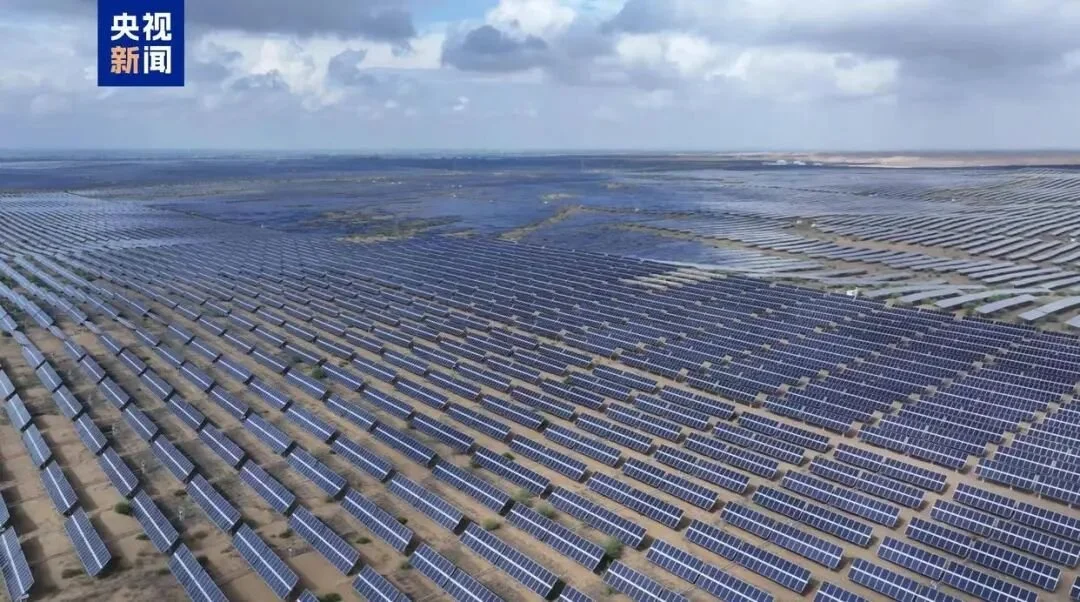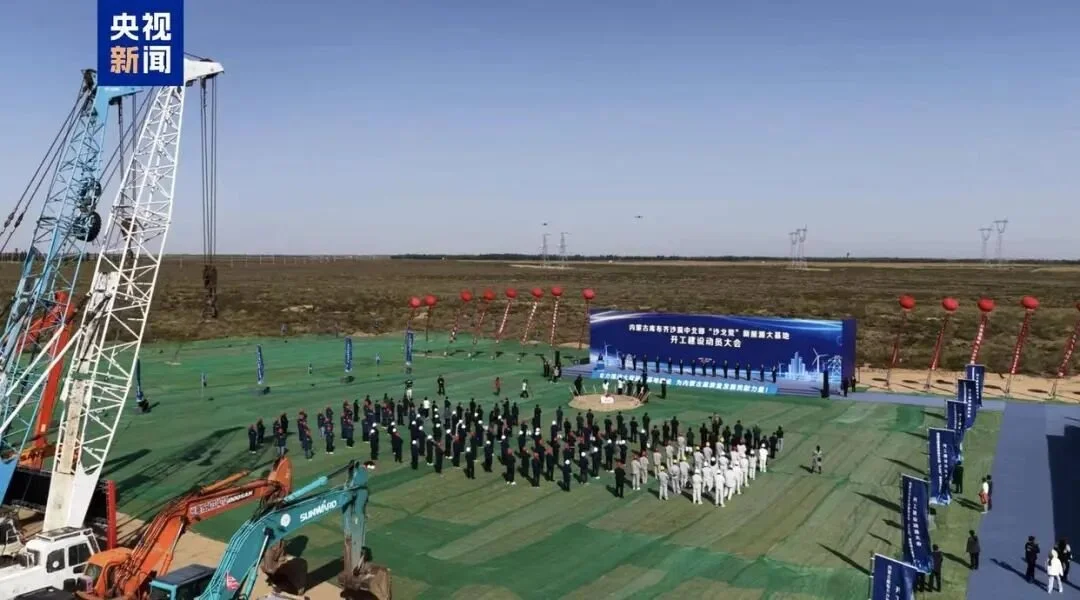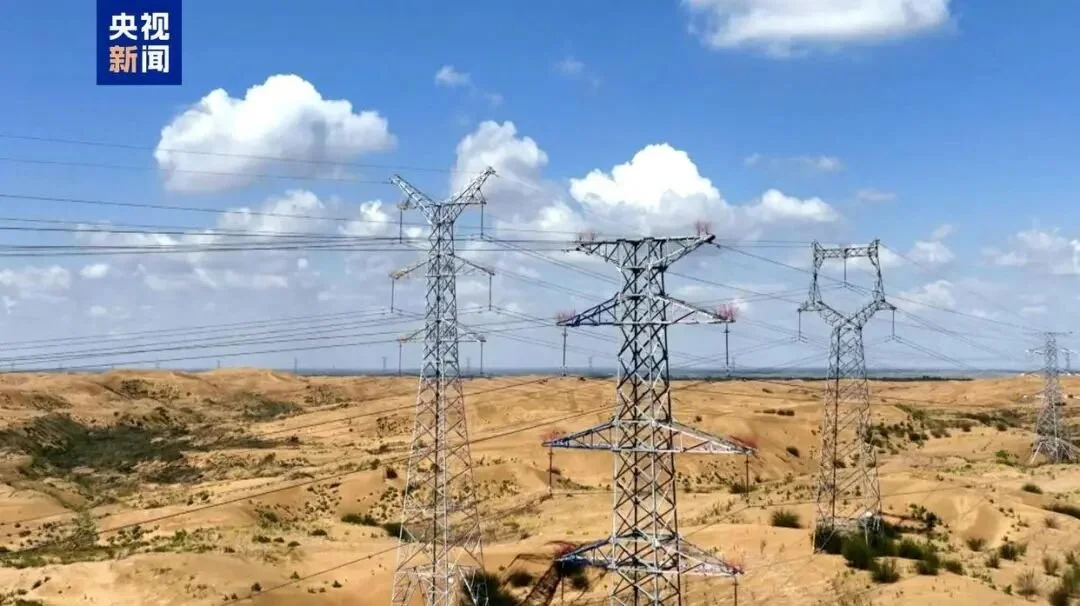On Sep. 29, construction officially began on the large-scale new energy base in the central and northern areas of the Kubuqi Desert, Inner Mongolia, China, which is scheduled to be completed and put into operation by the end of 2027.
On the morning of Sep. 29, construction officially began on the large-scale new energy base in the central and northern areas of the Kubuqi Desert, Inner Mongolia, China. This project marks the first 10-million-kilowatt-level “Desert-Gobi-Arid” wind and solar power base in Inner Mongolia to fully commence construction.
With a total investment of 98.8 billion RMB, the project plans to build 8 million kW of photovoltaic capacity and 4 million kW of wind power, supported by 4 million kW of coal power and 5 kWh of new-type energy storage.
At the same time, a supporting ultra-high-voltage (UHV) power transmission line -- the “Ordos, Inner Mongolia to Cangzhou, Hebei” project -- is being constructed, of which the total designed length is 699 km and the voltage level is ±800 kV.
The base is scheduled to be completed and put into operation by the end of 2027. Once operational, it will deliver approximately 36 billion kWh of electricity annually to the North China power grid centered around the Beijing-Tianjin-Hebei region, with renewable energy accounting for about 60% of the total. Each year, it is expected to reduce standard coal consumption by around 6.4 million tons and cut carbon dioxide emissions by about 16 million tons, strongly promoting the green transformation of the North China energy structure, advancing energy conservation and emission reduction, and further enhancing the cross-regional optimal allocation of high-quality power resources.
As the largest “Desert-Gobi-Arid” wind and solar power base planned under China’s 14th Five-Year Plan, the Kubuqi Desert Base has already built 13.06 million kW of new energy capacity. Through pioneering the “photovoltaics + desertification control” model, about 300,000 mu (roughly 20,000 hectares) of desertified land in the Kubuqi Desert has been effectively rehabilitated.
As of now, the Inner Mongolia Autonomous Region has received approval for construction of six large-scale “Desert-Gobi-Arid” wind and solar power bases, with a planned total new energy installed capacity of 72 million kW. Once completed, these bases will transmit about 216 billion kWh of electricity annually to the North China, East China, and Central China power grids, with green electricity accounting for roughly 60% of the total. This will help reduce standard coal consumption by approximately 38.4 million tons and cut carbon dioxide emissions by nearly 100 million tons. At the same time, the projects will contribute to the ecological restoration of millions mu (hundreds of thousands of hectares) of desertified land in the Kubuqi, Ulan Buh, and Tengger Deserts, achieving an integrated approach that combines desert ecosystem rehabilitation with the green transformation of the energy structure.
The 14th ESIE - largest energy storage event in China is coming on April 1-3, 2026, Beijing, China!
Register Now to attend, free before Oct 31, 2025.





